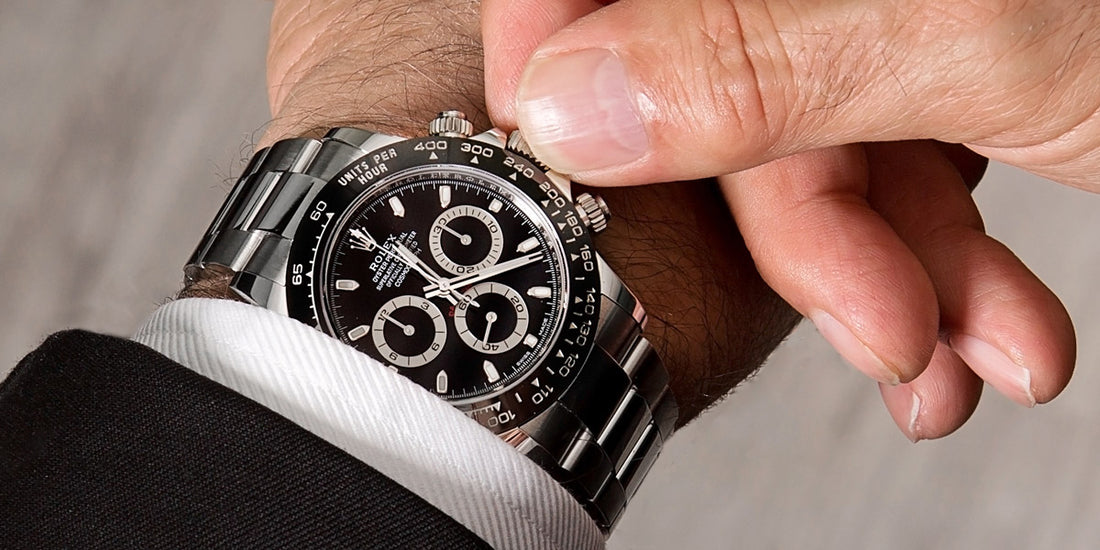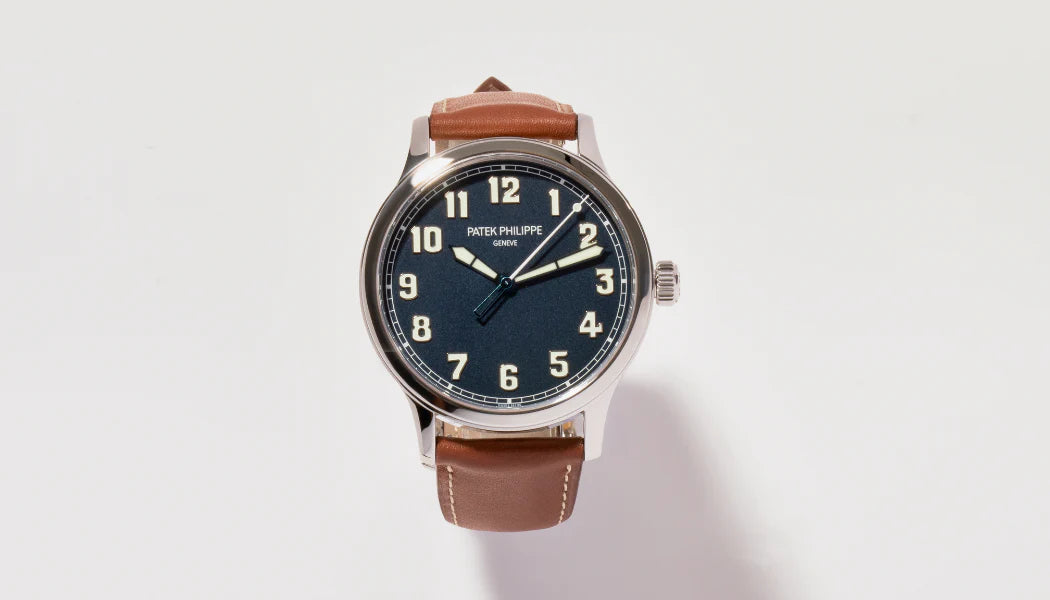Every contemporary Rolex timepiece operates automatically, or through self-winding mechanisms, wherein the wearer's movement should sustain the watch's movement perpetually if worn consistently. Should a Rolex cease functioning due to inactivity, users often observe it spontaneously "restarting" shortly after being handled. Consequently, individuals frequently adjust the time and proceed with their day, neglecting the need for winding. Nonetheless, mechanical watches exhibit superior performance with a complete power reserve, prompting the advisable practice of manually winding a stationary Rolex before wearing it. Let's delve into the procedure for winding a Rolex watch.
Wrist Wizards: Unleash the Power with Manual Magic on Your Rolex
When the crown is screwed down, it is referred to as "position 0." After unscrewing the crown a few times, you should feel it gently pop out to the winding position, known as "position 1." From this position, you can safely rotate the crown forward with your fingertips to wind your Rolex. Around 20 seconds of winding should be sufficient to fill the power reserve. Following this, you can either screw the crown back down or use your fingernails to pull the crown out to either position 2 (date-setting position) or position 3 (time-setting position), depending on whether adjustments to the time and date are needed. In the absence of a date function, position 2 will solely set the time.
Spin Doctor: Deciphering the Rolex Wind-up Frequency
According to Rolex documentation, winding a Rolex around 40 times is ample to reach its power reserve capacity.
Spinning Out of Control: The Risks of Over-Winding
No need for concern; it's impossible to overwind a Rolex (or any automatic timepiece). You may detect some clicking sounds and perceive a slight variance in the winding sensation when winding a fully wound Rolex, but there's no cause for alarm. While some may liken the responsible mechanism to a "clutch," this description isn't entirely precise.
Winding Wonders: Is Shaking the Secret to Rolex Magic?
Certainly, you could opt to shake your Rolex for a while, adjust it, wear it, and proceed with your day hassle-free. Interestingly, enthusiasts of Seiko watches affectionately refer to this method of winding as "the Seiko shuffle," particularly with the automatic Seikos that don't offer manual winding. However, this isn't the ideal way to wind a Rolex; it might not completely replenish your power reserve. Therefore, for optimal utilization of your Rolex's power reserve, it's advisable to give it several manual winds when it's not running.
Keeping Time: Should I Let My Rolex Take a Break?
Yes, it's entirely acceptable to allow your Rolex to stop running without causing any harm to the watch. However, if you wear your watch infrequently, it's advisable to fully wind it at least every couple of months to ensure even distribution of oils. Nevertheless, thanks to modern synthetic oils, the impact is minimal; watches have been observed to remain idle for years and still operate smoothly.
Is it Possible to Hand-Wind Any Rolex?
Certainly, you can hand-wind any Rolex timepiece—except for those that are quartz-based, naturally.
Do All Rolex Watches Operate Automatically?
Without a doubt, all present Rolex watches operate automatically. Nonetheless, until as recently as 2011, Rolex Cellini models in both quartz and manual-wind variants were available.
This should encompass all the information regarding how to manually wind a Rolex. Whether you possess a classic Oyster Perpetual or a fresh Sky-Dweller, the procedure for hand-winding remains fundamentally identical.



